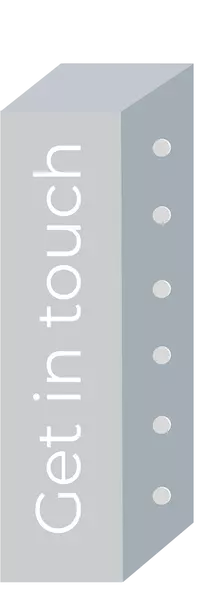PLMProduct Life Cycle Management
- > Products | >
- PLM
Welcome to the landing page of PLM-S core business: Product Lifecycle Management implementation; development and support. On this page you will find a structured overview of the history, definitions, features and implementation concepts.
PLM merges the overarching vision that an organization has for managing the data, people, software, manufacturing, marketing, and overall plans for the product. Expand your way to PLM knowledge...
The 3 main elements of PLM
PLM lowers the cost and speeds the time to market for new product development (NPD). Whether the new products consist of incremental or derivative changes to old products, groundbreaking new items, or the next generation of platform, there need to be a process for each organization to manage them. This new product development process (PDP) uses the PLC to determine what the general shape and sequence of the process will look. A good PLM is holistic, manages and secures the product information, and ensures that business processes use and build upon the information.
The three main elements of PLM are:
The Information and Communication Technology (ICT)
Unified platforms and systems, including the architecture, tools, and standards.
The Processes
This includes all of the people, skills, and organizations involved.
The Methods
This is the procedures, rules, and practices.
The history of Product Life Cycle Management
First used in the aviation and automotive industries, PLM branched out to other trades including packaged goods, electronics, pharmaceuticals, and fashion. PLM evolved out of technological advances in the area of computer-aided design (CAD), computer-aided engineering (CAE), and product data management (PDM).
These advances allowed manufacturers to link design and manufacturing, shortening production cycles and lead-time. PLM is more about the integration of these tools with the processes, people, and theory along the stages of a product’s life.
Additionally, PLM caused mass customization to be within reach, and instead of just buying products, the market is capable of providing products as services, called servitization. The model of servitization evolved from services supporting products, to services differentiating products, to services as the product.
These are advanced services that include maintenance and repair, in a way that the products only make money when they are reliable created and maintained. Further, the vendor-customer relationship becomes more intimate, and feedback about the product’s performance is critical so that the manufacturer can turn out better products and the company can deliver more efficient services.
What is Product Life Management Software
PLM is a business strategy and should not be confused as just software. You can manage all of the concepts, workflows, and processes irrespective of whether your company has a massive, enterprise software package. However, industry rate of change and the complexity of most businesses these days does require some cohesive way to manage PLM so that you are getting all of its benefits. You need to be able to execute rapidly, and an interconnected system is an excellent way to do so, especially since the core of PLM is the centralized management of data.
PLM software is the information management system that allows you to assimilate all the data, systems, processes, workflows, and people using it in your company. Further, the software provides all of the information available to make decisions based on real-time information at every stage of your products’ lifecycles.
Some of the technology that a PLM software system can integrate includes:
- Manufacturing operations
- CAD Computer-aided Design
- FEA Finite element analysis
- CAE Computer-aided engineering (Simulation)
- PDM Product Data Management
- CAM Computer-aided manufacturing
- Predictive and Reverse engineering analytics
- Testing and analysis
The tools needed to accomplish PLM objectives can be diverse. Siemens Industry Software solution TEAMCENTER, has user-specific roles that you can set for different interfaces. Some of the designs that the software systems may be set up for include:
Concurrent Engineering Workflow Design
This performs tasks in parallel instead of sequentially, which cuts down on lead-time and improves your speed to market. It also improves the communication between your departments and acts to prevent rather than solve problems.
Bottom-Up Design
This is CAD-centric design and starts with the individual parts of the product. These parts are brought together to show you what your product will look like at the different levels of development, and helps you generate and maintain the bill of materials for each product.
Top-Down Design
This type of design focuses on the high-level requirements of your products. It looks for the most valuable thing your product can do. It is not very focused on the current technology to implement this design.
Both Ends Against the Middle Design
This type of design refers to combining the best of both worlds of top-down and bottom-up design. The focus here is starting at both ends of the design process: from the solution requirements and from the available technology. This design is considered the best of both worlds, and very powerful for development.
Front Loading Design and Workflow
This is a more strategic approach; top-down design further on down the line, often called pre-project planning. You gather all of your downstream design and data before you define your product or get management approval.
Design in Context
This is designing while not being in isolation but in the middle of the situation. This method uses assembly modeling techniques, interactive systems, and designs concurrently with other parts and products. Design in Context may be done in the circumstances or setting that the product or part may be in, too.
Which software features are important to you? When choosing software for PLM, consider not only how your business runs today, but also how you want your business to run in the future...
Interested?
 ×
×








